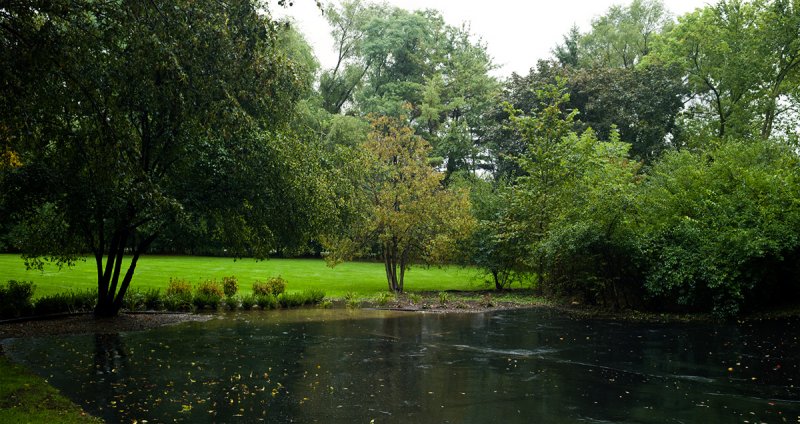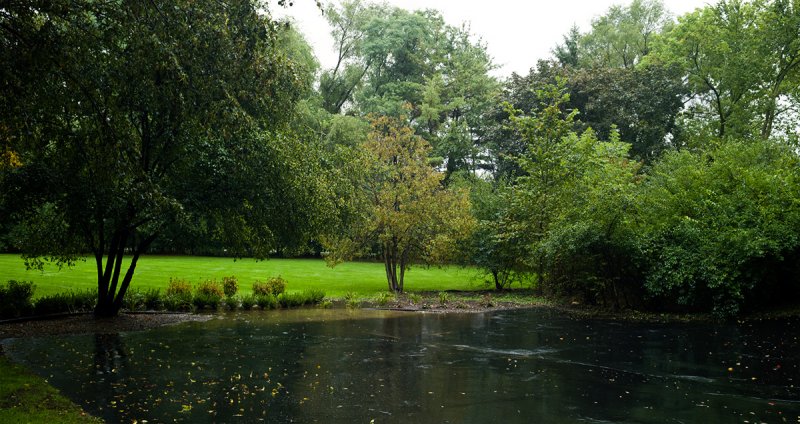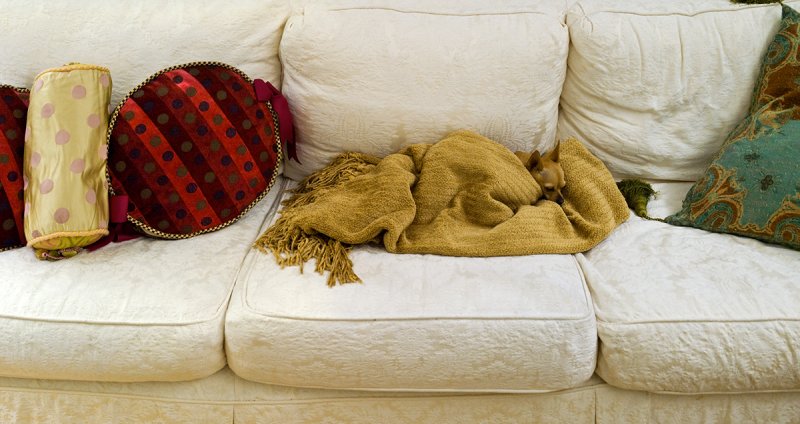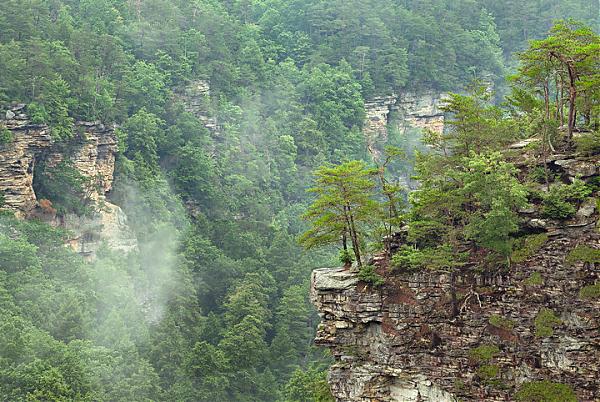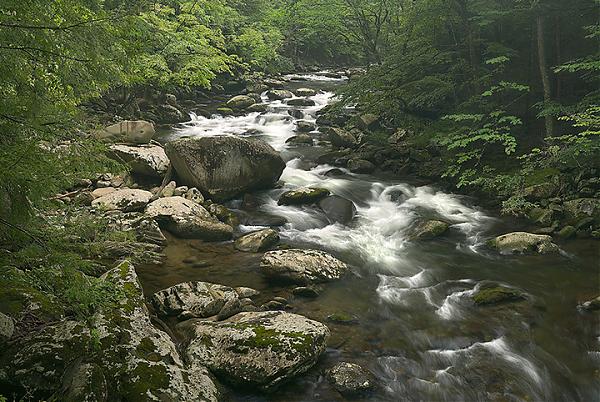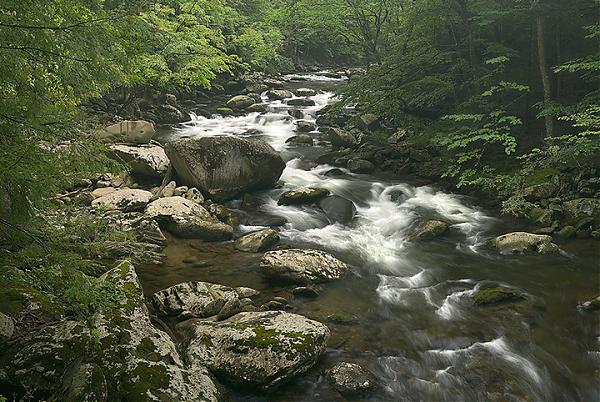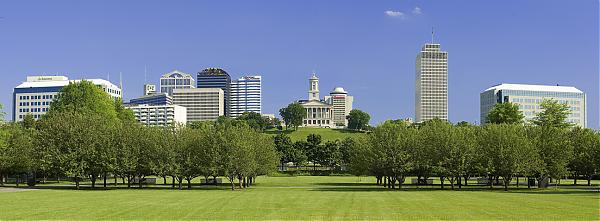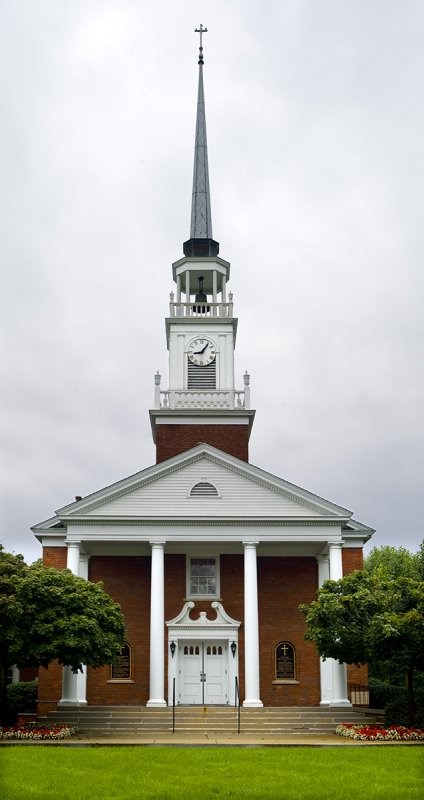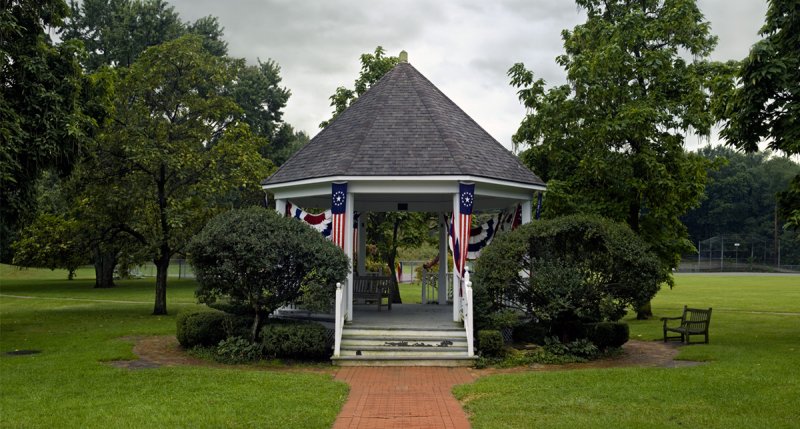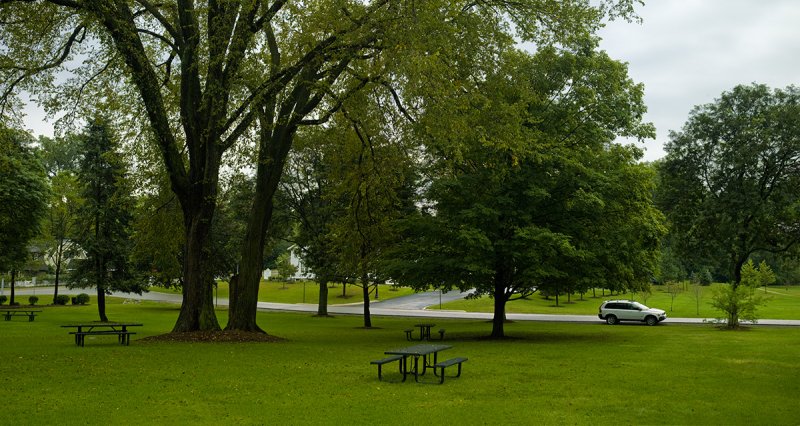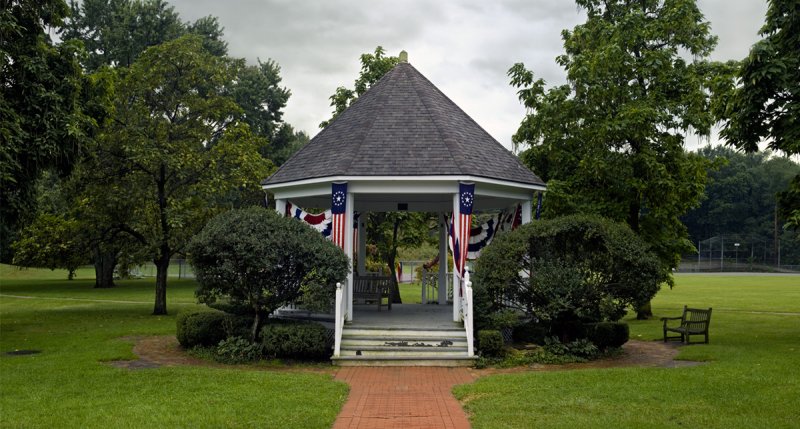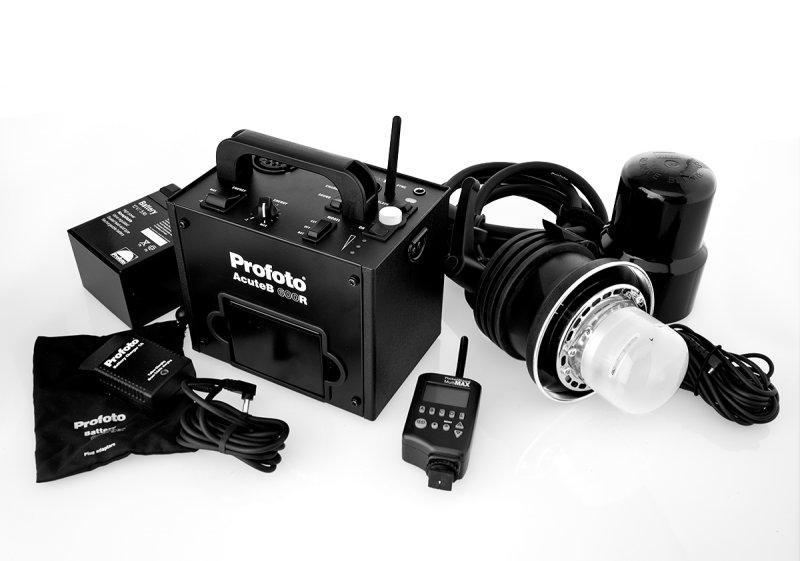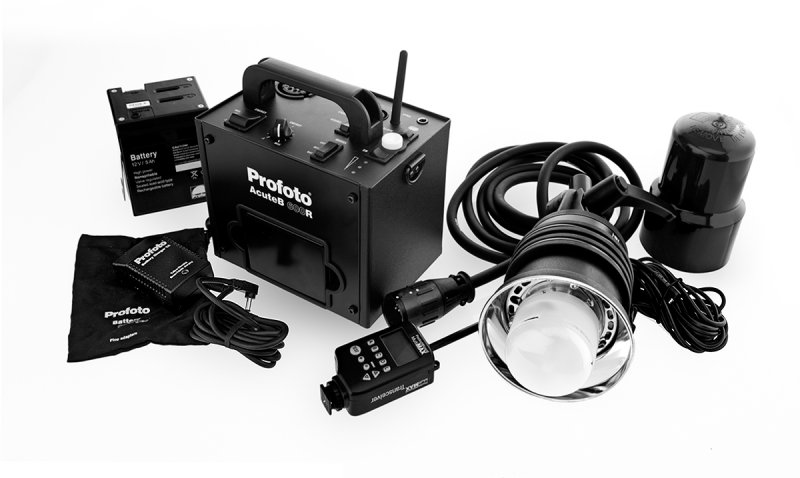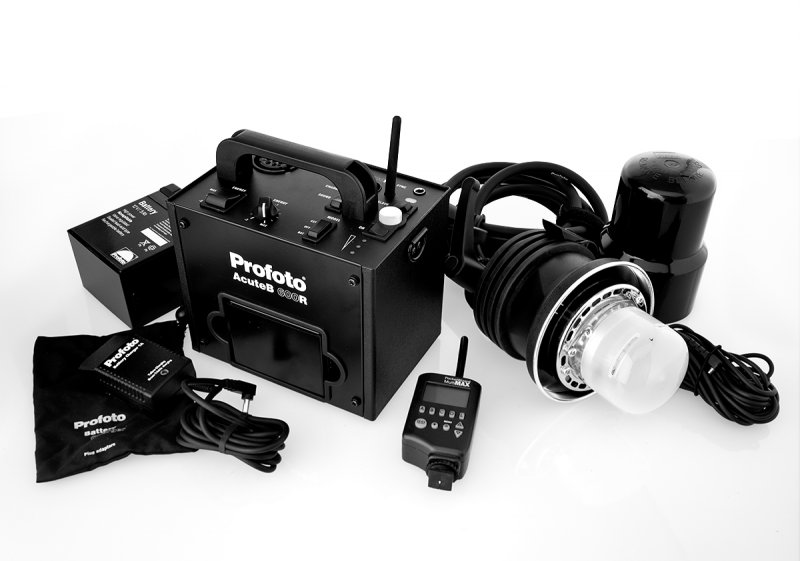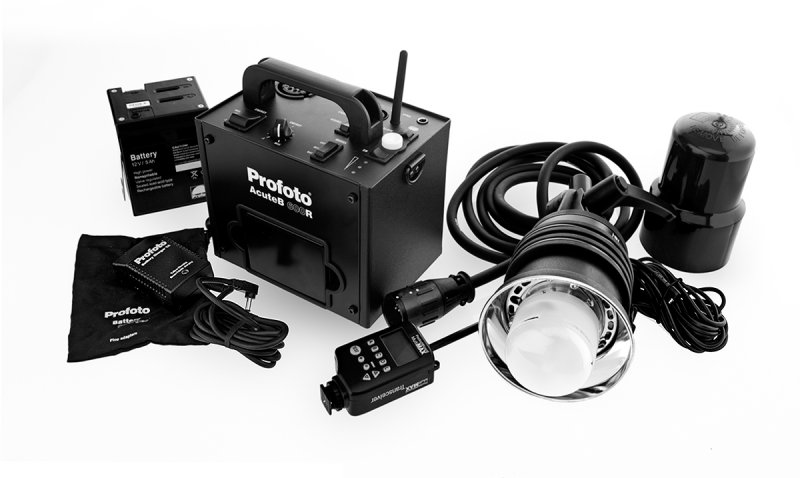Yes folks, this is the digital back that keeps on givin' ... the little back that could : -)
Crop factor of 1.5X poses the issue of wide angle capture for lovers of sweeping panoramic landscapes. If you use a 40mm and crop, you lose a lot of resolution.
Thanks to IKE, it's raining here like crazy. So I pulled out my rainy day list of stuff to try ... and did some shots with the PC Mutar & 40IF on my 203FE/CFV.
Has to be on a tripod, but for landscapes it should be anyway. Super simple to do. Use manual metering with the PC Mutar in the center shift position, focus,
adjust shift to one extreme ... shoot, set to other extreme ... shoot. Merge in PS Photomerge ... 5 to 10 seconds later there it is ... an almost 12" X 23", 200+ meg., 16 bit file with no interpolation ... with that 9 micron pixel look we all love. So a 24" X 46" print should be a no brainer since lots of people pull 24"X24" prints from this back all the time.
In a manner of speaking, the square is an advantage here since when they're merged it adds up to a nice ratio using just 2 shots.
Crap light, especially indoors ... but I just wanted to see how it worked ... so I tried an outdoor pano from inside my garage, and another closer pano of Shnuffy hunkered down on the couch.
Hmmm, how much $ is that new Leaf Panoramic format camera?
Crop factor of 1.5X poses the issue of wide angle capture for lovers of sweeping panoramic landscapes. If you use a 40mm and crop, you lose a lot of resolution.
Thanks to IKE, it's raining here like crazy. So I pulled out my rainy day list of stuff to try ... and did some shots with the PC Mutar & 40IF on my 203FE/CFV.
Has to be on a tripod, but for landscapes it should be anyway. Super simple to do. Use manual metering with the PC Mutar in the center shift position, focus,
adjust shift to one extreme ... shoot, set to other extreme ... shoot. Merge in PS Photomerge ... 5 to 10 seconds later there it is ... an almost 12" X 23", 200+ meg., 16 bit file with no interpolation ... with that 9 micron pixel look we all love. So a 24" X 46" print should be a no brainer since lots of people pull 24"X24" prints from this back all the time.
In a manner of speaking, the square is an advantage here since when they're merged it adds up to a nice ratio using just 2 shots.
Crap light, especially indoors ... but I just wanted to see how it worked ... so I tried an outdoor pano from inside my garage, and another closer pano of Shnuffy hunkered down on the couch.
Hmmm, how much $ is that new Leaf Panoramic format camera?
